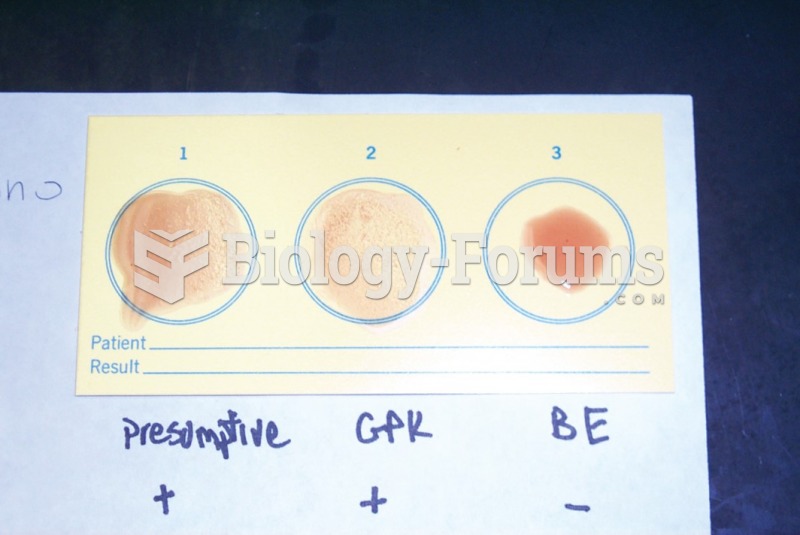Answer to Question 1
An IQ test measures abilities such as memory, reasoning, and verbal comprehension. An IQ score significantly higher than average means the person has a significantly greater than average chance of doing well in our educational system. By contrast, a score significantly lower than average suggests the person will probably not do well in school. This test would give some indication regarding the boy's ability to meet with success in school. If there are academic problems, aggressive behavior could be a result.
The Halstead-Reitan Neuropsychological Battery includes the Rhythm Test (which asks the person to compare rhythmic beats, thus testing sound recognition, attention, and concentration), the Strength of Grip Test (which compares the grips of the right and left hands), and the Tactile Performance Test (which requires the test taker to place wooden blocks in a form board while blindfolded, thus testing learning and memory skills) (McCaffrey, Lynch, & Westervelt, in press). Research on the validity of neuropsychological tests suggests they may be useful for detecting organic damage. Research found that the Halstead-Reitan test battery was able to detect organic damage and was about 80 percent correct. Certainly, organic damage, such as a tumor or lesion, could account for aggressive behavior.
CT scans are particularly useful in locating brain tumors, injuries, and other structural and anatomical abnormalities. Again, if a brain structure is damaged, this may contribute to aggressive behavior.
Individual responses on the MMPI are not examined; instead, the pattern of responses is reviewed to see whether it resembles patterns from groups of people who have specific disorders. The MMPI includes additional scales that determine the validity of each administration. The youngster's profile would be examined to see if he has personality characteristics that would contribute to his aggressive behavior.
Answer to Question 2
Projective tests are based on the use of ambiguous stimuli onto which the client projects his/her own personality and unconscious fears and so reveal unconscious thoughts to the therapist. The TAT, which uses pictures as stimuli, and the Rorschach, which uses inkblots, are both subject to variation in their administration and interpretation. Consequently, they are less reliable than more objective assessments such as the MMPI, which consists of multiple-choice questions and has clear norms and guidelines for its interpretation.







